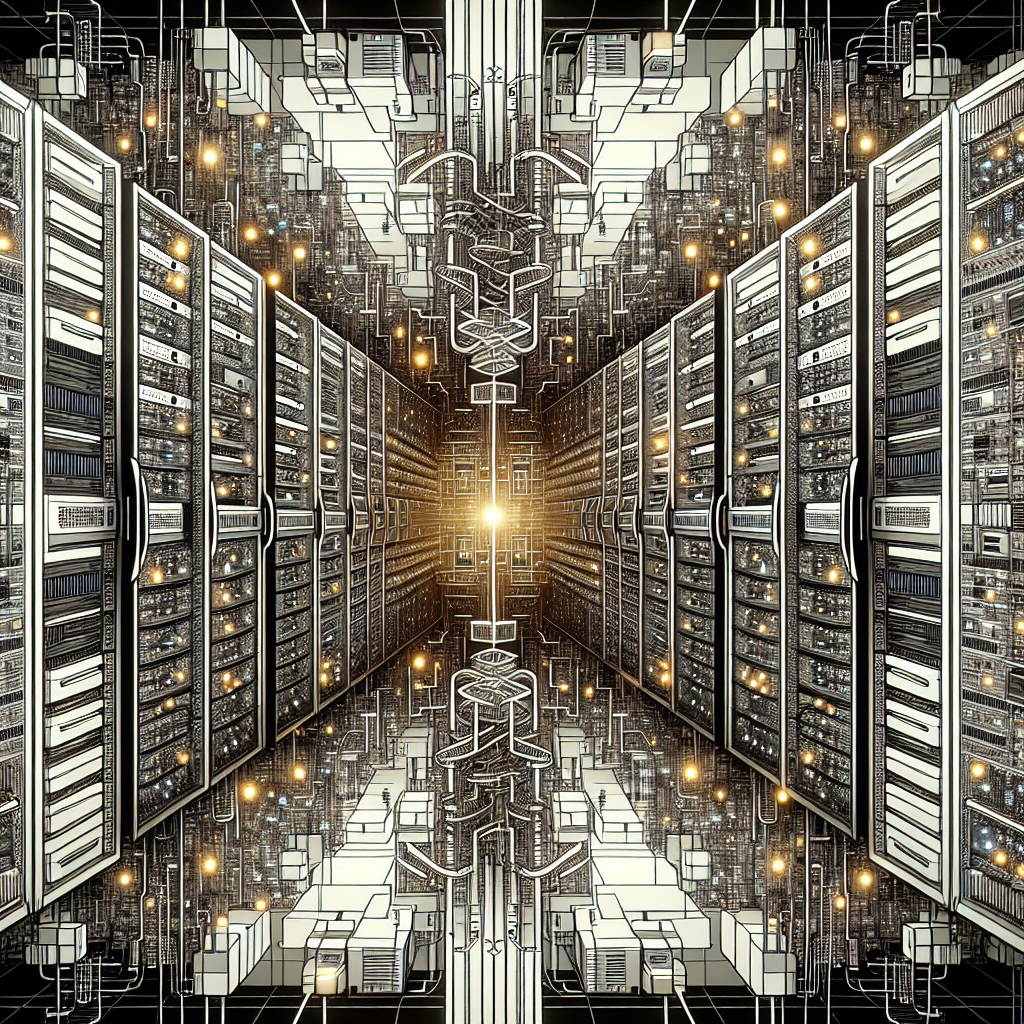Data centers play a crucial role in today’s digital world, serving as the backbone for storing and processing vast amounts of data. With the increasing reliance on data centers for businesses, organizations, and individuals, ensuring maximum uptime and availability is essential. One key factor that contributes to data center uptime is redundancy.
Redundancy in the context of data centers refers to the duplication of critical components and systems to ensure continuous operation in the event of a failure. This redundancy is achieved through the use of backup systems, spare components, and failover mechanisms that can seamlessly take over in case of a hardware or software failure.
One of the most common forms of redundancy in data centers is power redundancy. Data centers require a constant and reliable power supply to operate efficiently. To ensure uninterrupted power supply, data centers typically have multiple power sources, such as backup generators and uninterruptible power supply (UPS) systems. These redundant power sources can automatically kick in during a power outage or failure, preventing downtime and data loss.
Another critical aspect of redundancy in data centers is network redundancy. Data centers rely on a robust network infrastructure to connect servers, storage devices, and other components. Network redundancy involves duplicating network connections and using multiple paths for data transmission. This redundancy helps prevent network outages and ensures uninterrupted connectivity for users and applications.
Storage redundancy is also crucial for data center uptime. Data centers store vast amounts of data on storage systems, such as disk arrays and solid-state drives. Redundant storage systems, such as RAID (Redundant Array of Independent Disks) configurations, ensure data availability and integrity by distributing data across multiple drives. In the event of a drive failure, the redundant storage system can continue to operate without data loss.
In addition to power, network, and storage redundancy, data centers also implement redundancy in cooling systems, environmental controls, and security measures to minimize the risk of downtime and ensure continuous operation.
Overall, redundancy plays a vital role in data center uptime by providing a safety net against hardware and software failures. By implementing redundant systems and components, data centers can maintain high availability, reliability, and resilience to ensure seamless operation for their customers and users.
In conclusion, redundancy is a critical component of data center infrastructure that helps ensure maximum uptime and availability. By investing in redundant systems and components, data centers can mitigate the risk of downtime and provide a reliable and resilient environment for storing and processing data. Implementing redundancy in power, network, storage, and other critical systems is essential for maintaining the operational efficiency and continuity of data centers in today’s digital age.


Leave a Reply